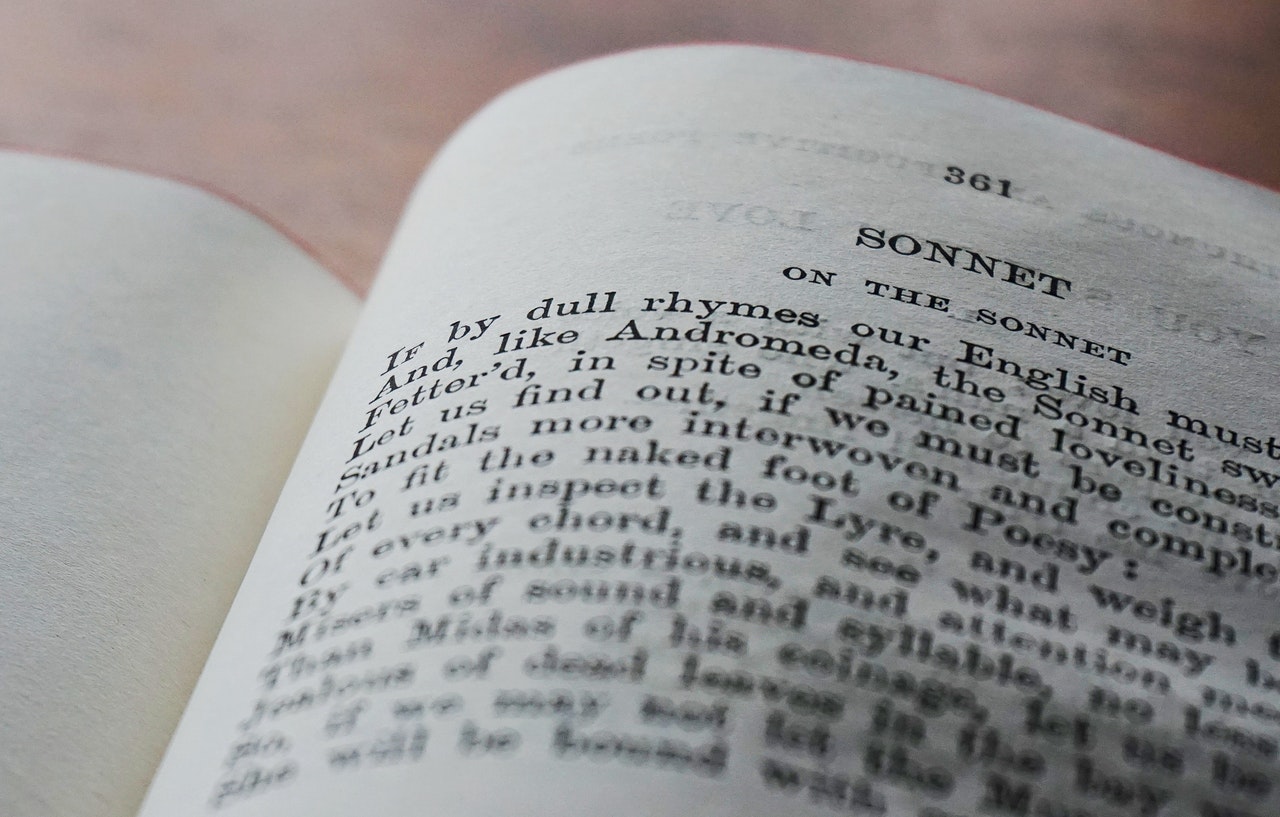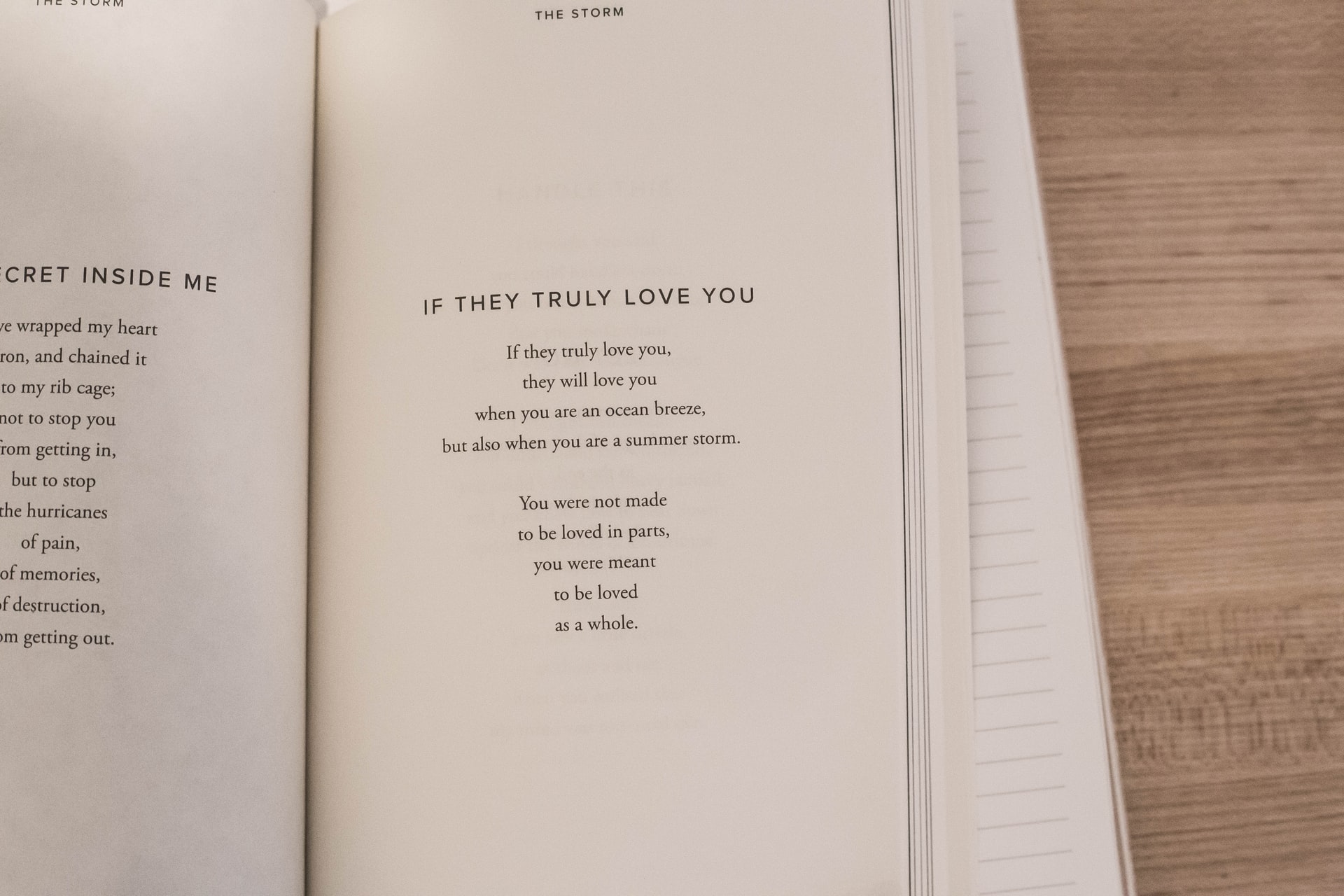
In this post today we explain what lyrics are, their main characteristics and components and in addition, we will show you some examples of this genre. The lyric for those who do not know it, is to express feelings in writing. This term can become very broad, so it is difficult to define it. What we can highlight is its importance as the years go by.
It has been used by countless writers from different eras with whom, through lyrics, they expressed to the world the feelings that they had locked up, the emotions, but not only about love but about many different topics. As we have said, the lyric has served as inspiration for many writers, so you can find pieces of this genre in many languages.
The lyric, as we will see throughout this publication, is divided into various subgenres, which are grouped into two different groups. The lyrical genre is one of the oldest in terms of literary genres., whose expression is carried out through the poem in its multiple and varied presentations.
What is the lyric?

We speak of poetry when we refer to a literary genre that has an author, and who has known and shared their sensations, feelings or emotions about a certain topic, person or object.
This genre can be presented in various forms such as prose, poem or verse, some of them are more common than others.. As we mentioned in the introduction, it is one of the oldest literary genres and the most common way in which this set of emotions is expressed is through the poem.
The lyric is the "traditional" name given to what we all know today as poetry. The origins of the lyrical genre are related to singing and music, rather than literary composition. The language used in these compositions is totally the author's decision, since they express all their emotions and experiences in a more real way. The same goes for rhythm and meter as well.
The lyrical term began to be used in Ancient Greece, where compositions were very popular. These compositions were sung and accompanied by a musical instrument as well known as the lyre. To this day, the way in which this genre is recited and heard has continued to be maintained, since it is still common to hear it in verse.
Origins of the lyrical genre

https://soyliterauta.com/
It was born in antiquity and became a means that different cultures have to express themselves, using the word and accompanying themselves by musical instruments in their narration. The lyric is known as the oldest form of poetic composition, which has been found in religious texts such as the Songs of Moses. Also, they have appeared in ancient texts from the area of India.
These ancient texts that have been found or many others collected in books, are not considered poetry today, that is, they are texts or writings prior to the idea of poetry that we know today.
The great figures who developed and expanded this genre were ancient Greeks, as it happens with many other arts. These characters were the first to accompany their recitals with the sound of the lyre, hence their name.
Main characteristics of the lyrical genre

The term lyric can be very broad, and pointing out the main characteristics of this genre can be somewhat complicated. But yeah Some common features can be pointed out, which are what you will see below.
Total subjectivity
the lyrical genre, is characterized by expressing a subjective reality of the writing or the composer, your feelings, emotions, etc. To do this, use is made of its own language, in which certain rhetorical elements are used, such as metaphor or hyperbole.
lyrical attitude
In this case, we refer to the way in which the different elements and the lyrical voice are related. One of those elements that we talked about is the attitude that the narrator uses to convey all the emotions.
Three types of voices can be differentiated, but the most common is the lyrical enunciative voice. which is differentiated from the rest by the use of a special language, the narrator wants to tell a certain event in an objective computer chronologically. The other two would be the appellative attitude, in this case the narrator questions a third person trying to establish a dialogue regardless of whether there is an answer or not. Finally, the third expressive attitude, in which the author opens up in a sincere way.
Refinement in the use of words
One of the most valued aspects of poetry has been its great beauty, and that is why there are many authors who seek a linguistic refinement even if it does not obey to create a rhyme. There is great interest in conveying these feelings through images, which is achieved through the use of rhetorical resources.
In older times, the rule of rhyme, loudness and melody could not be broken. The rhythm was linked to the rhyme and they were two essential elements to achieve musicality in the compositions. This has evolved over the years.
I lyrical
The lyrical self is the voice of the poem. In this genre, the subjective expression of the author's wishes or feelings is essential.. Most of the writings speak in the first person to fulfill this purpose that we have mentioned. It is true that some authors resort to the use of the third person as another poetic resource.
types of lyrics

There is a great variety of types of lyrics in which they differ by their theme and structure., that is, the number of verses, stanzas, rhythm or footage they have. Some of them are in disuse since they are very old, while others still remain today.
- Song: it is a poem of admiration in which an emotion or a feeling of the self is expressed
- Anthem: it is a type of lyrical song in which feelings of joy and celebration are usually expressed. They are very exalted songs can be religious, patriotic, national, etc.
- Oda: they are writings of varied metrics and that invite reflection. In them, they try to exalt or praise a certain topic, situation or person.
- Elegy: poems without fixed structure focused on lamentation and melancholy.
- Eclogue: it is a bucolic poem in which themes of love are generally dealt with.
- Satire: these are scathing writings, with much use of literary figures and very critical of current issues.
- Madrigal: associated with singing and in which love and pastoral themes are usually dealt with.
- Sonnet: very popular in the Renaissance and with a fixed structure of fourteen lines of major art.
Elements that make up the lyrical genre

Within the works of the lyrical genre, different elements can be found in common.n, which we are going to name and explain below.
Poem
A poem is a set of verses gathered in stanzas. These can be of variable length and in which between their verses a subjective reality is expressed using their own language. A set of poems written by one or more writers, are collected in a book of poems.
To
It is a set of words that are related and subject to certain measuresIn addition to that, they must meet a series of standards. They are each of the lines that are written throughout a poem. In this case, the lines may have a variable length as in the case of poems and may or may not be accompanied by rhyme.
Stanza
In this case we refer to the set of verses that follow the same rhyme. This set constitutes a unit within the composition and must be read as a group. It would be similar to paragraphs in the prose genre.
Metric
It is known as the exact number of poetic syllables that make up the same verse. The metric was used in ancient times as a way of studying poems, this analysis was carried out based on fixed standards.
White heat
The cadence is wonderful trend that seeks the repetition of accent patterns, as the only measure to provide rhythm to the composition.
poetic rhythm
this item, consists of the repetition of a phenomenon on a regular basis with the sole purpose of producing a union and a reiteration. This is achieved in poetry, with the division of accents. In poems, the metric accent is used to emphasize harmonious syllables. There are three rhythmic periods; anacrusis, interior and conclusive.
Rima
It consists of the repetition or similarity of sounds that two or more verses present from the stressed vowel of the last word of a verse.. The types of rhymes that can be found within a poem are assonance rhyme or consonant rhyme. If the first one is used, they must be the same in the vowel that is located just before the stressed syllable. If, on the other hand, it is a consonant, the final syllable coincides in its entirety.
To finish this publication and put the finishing touch, we are going to leave you some examples of lyrical genre that everyone should know and read at least once in their life.
- "The Dream" by Alfonsina Storni
- "The hymns to the night" by Novalis
- "The Ode to Joy" by the poet Friedrich Schiller
- “The definitive journey” Juan Ramón Jiménez
- "Sonnet XVII" by Garcilaso de la Vega
We hope that this publication where we have seen all the essentials of this genre has helped you not only to answer questions, but also to learn about some of the most beautiful writings of the lyric. We have indicated a small selection, but from here we encourage you to discover many more and marvel at the way many authors write and express themselves.